Features of JAVA
 Kartik Sharma
Kartik Sharma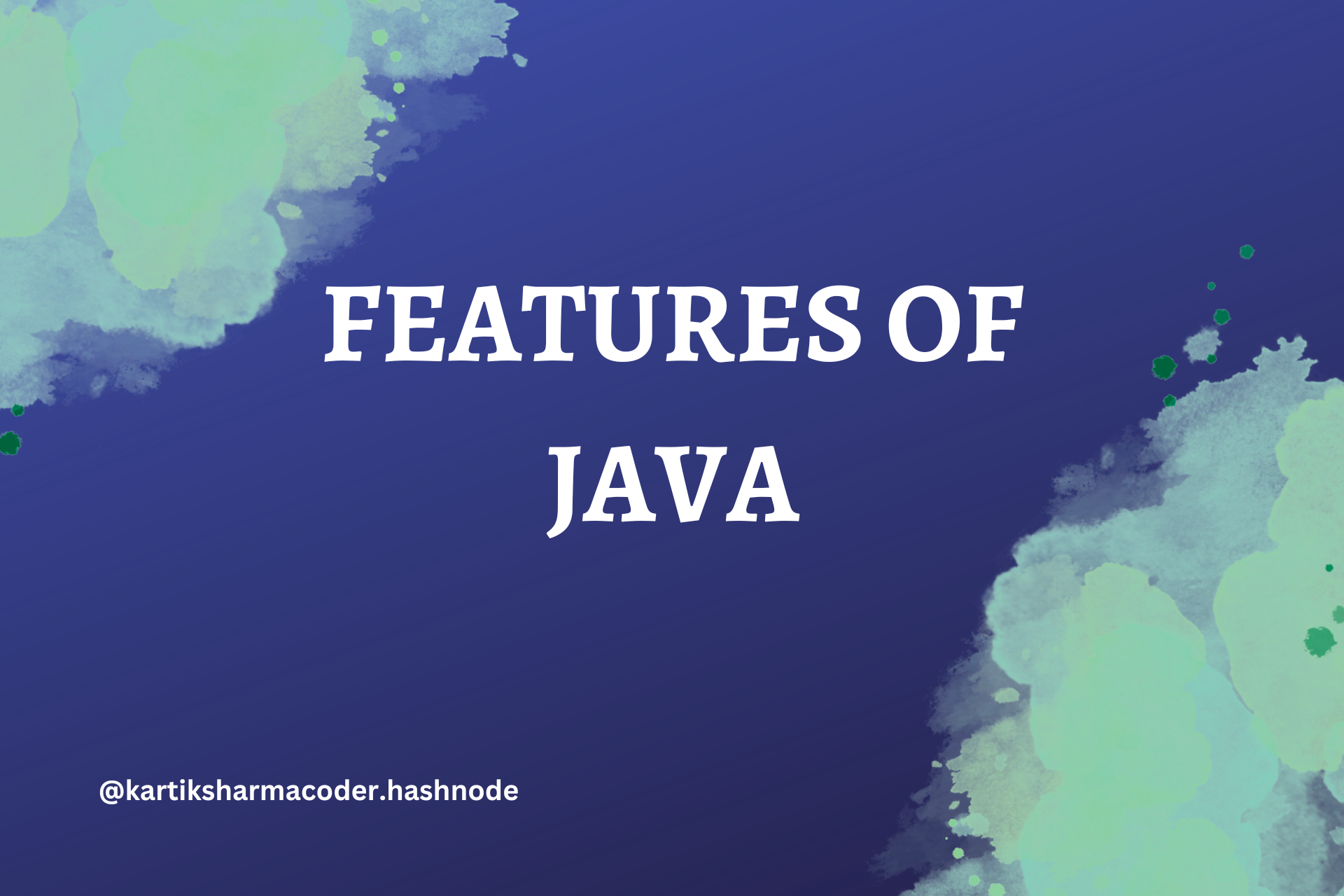
The term "Java Features" refers to the unique traits and functions of the Java programming language. Object-oriented programming, platform independence, resilience, security, multi-threading, portability, rich API, scalability, interoperability, and performance are among these properties. Java is a popular choice for building a wide range of applications, from simple desktop apps to large-scale enterprise-level systems, due to these qualities. Understanding Java features is critical for developers who want to use the language efficiently and produce high-quality, efficient applications. Java is a widely used programming language that was created by Sun Microsystems, which is now a division of Oracle Corporation. The language has several characteristics, some of which are as follows:
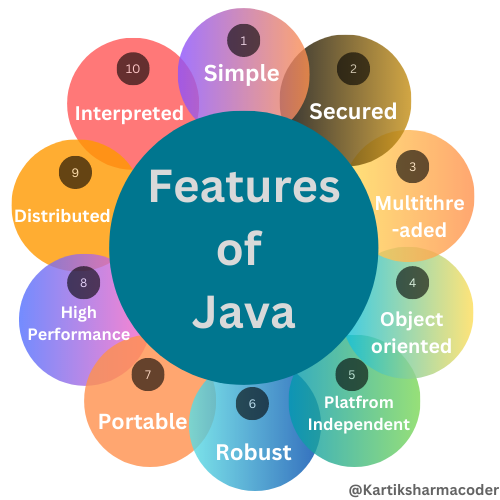
Object-Oriented Programming Language
Secured
Multithreaded and Interactive
Simple
Platform Independent
Robust
Portable
High Performance
Distributed
Compiled and Interpreted
Dynamic and Extensible
Architectural Neutral
Object-Oriented
The object-oriented capabilities of Java allow for a more systematic approach to program creation. Developers specify properties and behaviors using classes and objects, while encapsulation guarantees controlled access. Inheritance encourages code reuse, and polymorphism allows for flexible handling of various object kinds. Abstraction reduces complexity, interfaces enable different contract implementations, and method overriding makes customization easier. Java's object-oriented paradigm fosters modular, maintainable, and fast code development by using packages for organization and associations for modeling interactions.
Secured
Java has several secure mechanisms built in to guarantee the reliability and security of programs. It makes use of bytecode verification, a procedure that examines code for flaws and defects before execution. By separating classes depending on their origins, Java's classloader mechanism prevents unauthorized code loading. Utilizing sandboxes isolates apps from the system by establishing restricted environments.
Java does not make use of explicit pointers. As a result, Java does not enable direct access to memory areas, making it more secure and resistant to numerous sources of flaws. ClassLoader only loads the correct class to be run, and the byte code verifier validates the code fragments, making class execution safe.
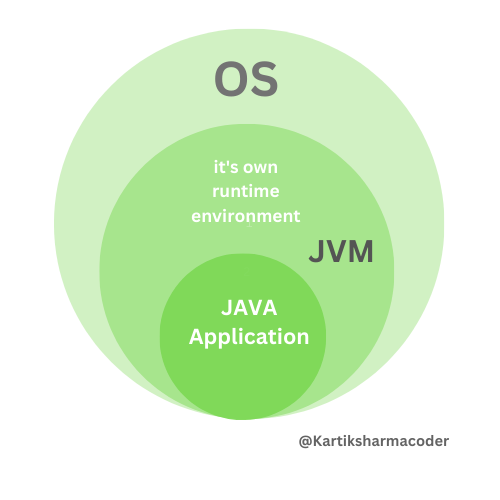
Multithreaded and Interactive
Java's multithreading features enable programs to run numerous threads at the same time, improving speed and responsiveness. Threads are lightweight programs that may operate independently and concurrently accomplish tasks. Multithreading is made possible via the built-in Thread class & Runnable interface of Java.
Through its Graphical User Interface (GUI) frameworks, particularly JavaFX and Swing, Java provides interactive capabilities. These libraries give programmers the ability to make interactive programs using graphical elements, buttons, and other interactive aspects.
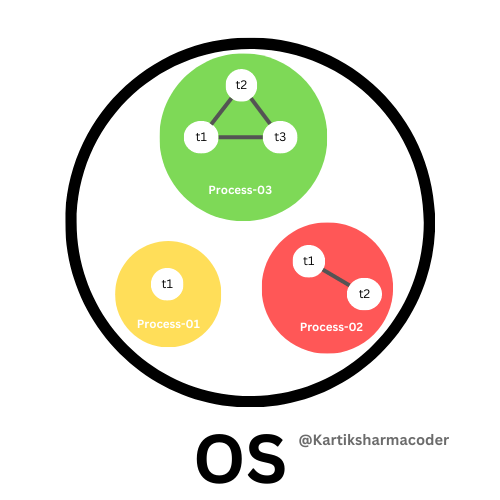
Simple
Java is incredibly straightforward to learn, and its grammar is clear, concise, and simple to comprehend. Sun Microsystem claims that Java is an easy-to-learn programming language because:
Since Java syntax is based on C++, learning it after C++ is simpler for programmers.
Numerous complex and little-used features, such as explicit pointers and operator overloading, have been eliminated from Java.
Since Java has automatic garbage collection, there is no need to get rid of unreferenced objects.
Platform Independent
Java is known for its platform independence, or "write once, run anywhere" (WORA), which is one of its most distinguishing characteristics. This ability results from Java's design to be translated into bytecode and run on the Java Virtual Machine (JVM), which is how it is intended to be used. Platform independence operates as follows:
Bytecode Compilation
JVM Execution
Portability
Reduced Compatibility Issues
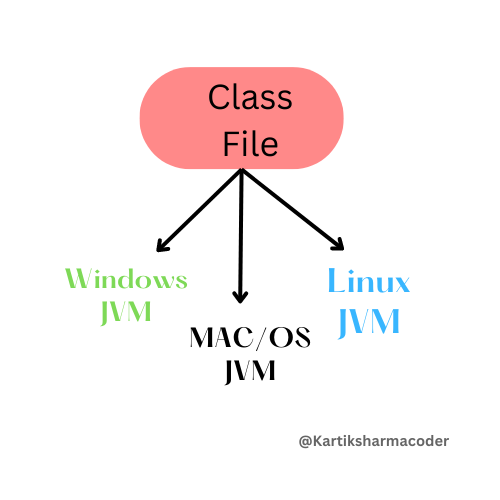
Robust
Java is well known for its robustness, which refers to its capacity to gracefully manage faults and extraordinary circumstances without compromising the program's stability. Java's robustness is a result of several traits, including:
Exception Handling
Automatic Memory management
Handle Null values or Null pointer Exception
Security Measures
Portable
Java's portability is a key component of its architecture, allowing programs to run flawlessly across several platforms. The Java Virtual Machine (JVM) and the bytecode compilation process make this capability possible. When you build a Java program, it is converted into platform-independent bytecode.
The JVM then executes this bytecode, translating it into machine code unique to the underlying system. As a result, Java programs may be written for one platform and run on another without change, decreasing the requirement for platform-specific code and lowering compatibility difficulties.
High Performance
Java achieves outstanding speed through its high-level abstractions with optimization strategies.
Just-In-Time (JIT) compilation is used by the Java Virtual Machine (JVM) to convert bytecode into native machine code during runtime. When compared to conventional interpretation, this speeds up execution.
Java's garbage collection system also effectively manages memory, lowering memory leaks and boosting memory efficiency.
Distributed
A crucial component that enables the creation of programs that may run in networked contexts is Java's support for distributed computing. Building scalable, responsive, and linked systems requires this functionality.
Client-server applications, web services, and other distributed systems may be developed thanks to Java's strong networking capabilities, which make communication between distant components easier.
Compiled and Interpreted
Compiler + Interpreter = JAVA
Java combines compiled and interpreted features, offering a rare combination of speed and portability.
The Java compiler converts Java source code into bytecode. This bytecode is interpreted by the Java Virtual Machine (JVM) during execution. But JVMs frequently employ a Just-In-Time (JIT) compilation strategy. Just before it is run, JIT compilation converts bytecode into native machine code. Due to the native machine code's optimization for the hardware it is executing on, this step improves performance.
By providing excellent performance through JIT compilation and portability through bytecode, this combination strategy helps developers.
Dynamic and Extensible
Java has dynamic capabilities like reflection that provide introspection into classes and methods while they are being used.
To promote modularity, it offers dynamic loading, which enables classes to be loaded and utilized while a program is running. At runtime, methods can be called by name thanks to dynamic method invocation.
Creating instances for interfaces is made simple by Java's dynamic proxy, which helps include behaviors. Java's flexibility and variety are increased by the scripting API, which enables developers to include scripting languages.
Architectural Neutral
Java's architectural neutrality is a key characteristic that enables programs to operate unaltered on a variety of hardware and operating systems. This neutrality is made possible by the Java Virtual Machine (JVM), which isolates the hardware of the underlying system and offers a reliable environment for Java programs to run in. Java programs may be run without worry about low-level hardware specifics as long as a suitable JVM is available for a given platform.
This architectural neutrality makes the development and deployment process easier and frees developers to concentrate on writing code rather than navigating platform-specific complexities.
Subscribe to my newsletter
Read articles from Kartik Sharma directly inside your inbox. Subscribe to the newsletter, and don't miss out.
Written by
